Kansas City, Missouri Water Quality at a Glance
significant concerns
Is Kansas City, Missouri Water Safe to Drink?
Generally Yes, With Caution – Kansas City’s water meets federal standards, but independent testing reveals concerning levels of disinfection byproducts exceeding health guidelines by 51-162 times. Additional concerns include chromium-6 contamination and lead in older homes. The Missouri River source faces upstream pollution challenges including industrial discharge, agricultural runoff, and seasonal quality variations affecting taste and odor.
⚠️ Key Concerns for Kansas City Residents
- Disinfection Byproducts: TTHMs 51x above EWG guidelines; HAA5 162x above recommendations – linked to increased cancer risk
- Chromium-6: Detected above health guidelines; known carcinogen made famous by Erin Brockovich case
- Lead Contamination: 10% of samples exceed 2.1 ppb; homes built before 1986 particularly at risk
- PFAS Monitoring: Testing ongoing since 2022; currently below EPA limits but long-term exposure concerns remain
Read the full report below for detailed analysis, treatment recommendations, and actionable steps for Kansas City residents.
Kansas City – Missouri – Water Quality Report 2025: PFAS Testing, Infrastructure Concerns & Safety across your city
Kansas City Water Services operates a comprehensive municipal water system serving approximately 500,000 residents in Kansas City proper and over 175,000 additional customers in surrounding communities. Established in 1873, the system includes over 2,800 miles of water mains, one primary water treatment plant with 240-million gallon per day capacity, and multiple storage facilities, delivering an average of 100 million gallons of water daily across the metropolitan area.
Kansas City draws its drinking water primarily from the Missouri River (80% of supply), with secondary sources from underground aquifers (20% of supply). The city implements extensive source water protection programs in cooperation with regional partners to maintain water quality despite the challenges of an agricultural watershed. Kansas City’s water consistently meets or exceeds federal and state quality standards, though independent testing reveals elevated levels of disinfection byproducts and other contaminants of concern. The utility has committed to substantial investments in water main replacement, treatment facility upgrades, and smart water management technologies over the next decade.
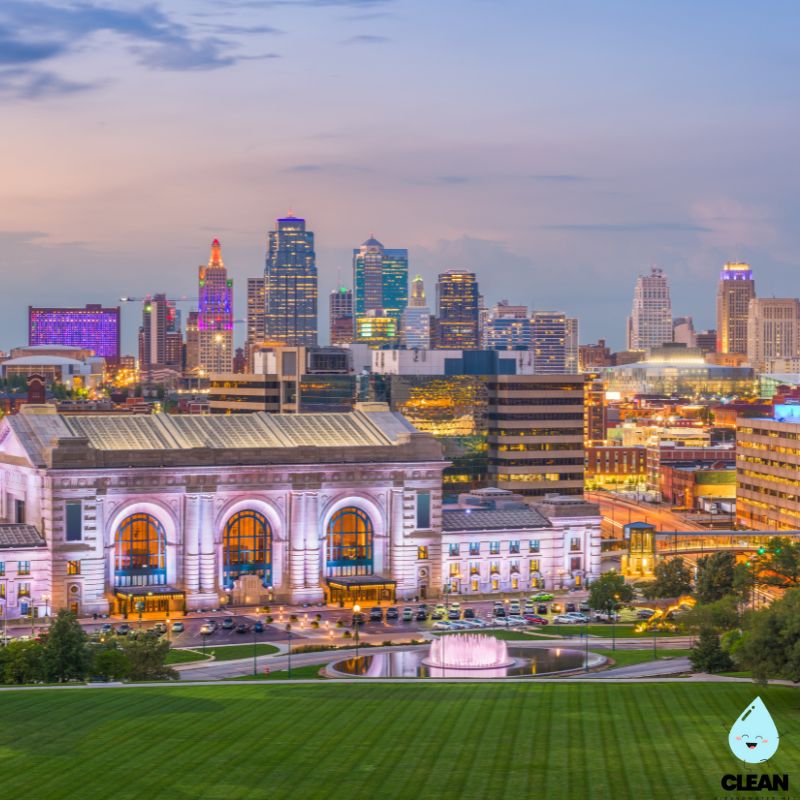
Kansas City Water Quality: Current Status (2024-2025)
Latest Testing Results
- Lead Levels: The most recent testing period (January-December 2023) showed 90th percentile lead levels of 5.1 parts per billion (ppb), well below the EPA action level of 15 ppb, indicating effective corrosion control in the distribution system.
- PFAS Testing: KC Water began proactive testing for PFAS in late 2023 and continues regular monitoring. All test results to date have been below EPA standards, with ongoing compliance planning for new federal regulations.
- Disinfection Byproducts: Independent testing reveals total trihalomethanes (TTHMs) exceed Environmental Working Group health guidelines by 51 times, and haloacetic acids exceed guidelines by 162 times, though EPA compliance is maintained.
- Testing Scope: Kansas City conducts over 85,000 water quality tests annually, including comprehensive monitoring at over 150 sampling sites throughout the distribution network.
- Compliance Status: Kansas City’s water meets or exceeds all federal and state drinking water standards as regulated by the EPA and Missouri Department of Natural Resources.
Water Sources & Quality
- Missouri River: Primary source (80% of supply) with water sourced upstream of the metropolitan area, providing reliable quantity despite seasonal quality fluctuations including muddy conditions from silt and organic matter.
- Groundwater Wells: Secondary source (20% of supply) drawn from deep alluvial aquifers near the Missouri River, providing emergency backup and supplemental volume during peak demand.
- Source Water Challenges: Missouri River sections exceed water quality standards for mercury, bacteria, sediment, PCBs, and nutrients due to upstream agricultural runoff and industrial discharge.
- Source Water Protection: Regional watershed management partnership with agricultural stakeholders and upstream communities to reduce contaminant runoff and improve source water quality.
Treatment Technology
- Primary Treatment Plant: Kansas City utilizes one main water treatment plant with 240-million gallon per day capacity employing a four-step process: sedimentation, softening, stabilization, and filtration through 27 inches of sand.
- Enhanced Treatment: Multi-barrier approach includes chloramine disinfection, lime softening for taste and odor control, and pH stabilization to prevent pipe corrosion.
- Corrosion Control: Optimized zinc orthophosphate treatment prevents metal leaching from pipes, with pH stabilization and alkalinity management adjusted seasonally based on river water quality.
Infrastructure Investments
- Main Replacement: Accelerated program targeting 1% of system annually (approximately 28 miles) with priority for areas with highest break frequency and oldest infrastructure.
- Lead Service Inventory: Comprehensive mapping initiative has documented approximately 85,000 service lines in the system, with 14,000 confirmed lead lines slated for replacement by 2035.
- Smart Water Network: Expansion of advanced metering infrastructure with real-time pressure and quality monitoring capabilities to improve system management and leak detection.
Community Programs
Kansas City Water Services offers comprehensive customer support including free water quality testing, a filter distribution program for vulnerable populations, and payment assistance for qualifying households. The city’s Lead Safe KC initiative provides subsidized service line replacement with prioritization for homes with children. Public education programs include school outreach, community workshops, and multilingual materials explaining water quality, conservation, and infrastructure improvements. Kansas City has committed to infrastructure equity by prioritizing improvements in historically underserved neighborhoods while maintaining transparent communication about system operations through an online dashboard and annual water quality reports. Despite Missouri River source challenges and elevated disinfection byproducts, the combination of advanced treatment technology and infrastructure investments ensures federally compliant water delivery throughout the Kansas City metropolitan area.
Recommendations for Kansas City Residents
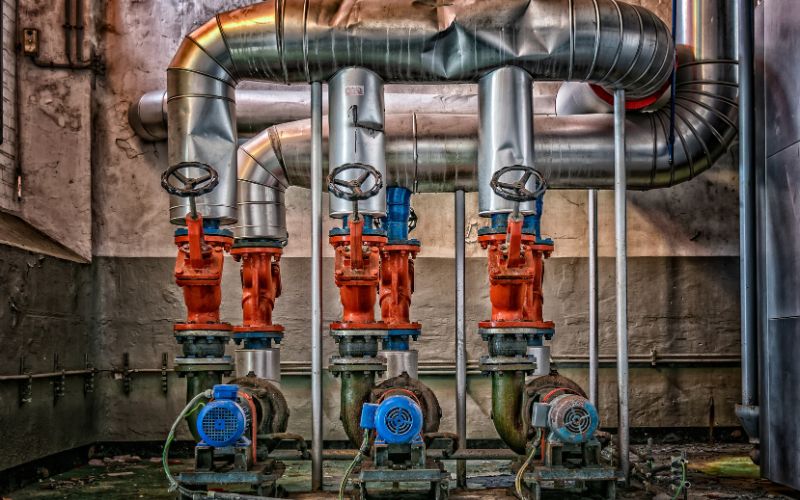
Free Water Testing
Request complimentary water quality testing by calling 311 or visiting kcwater.us/waterquality. Testing is particularly recommended for homes built before 1986 that may have lead-containing plumbing components.
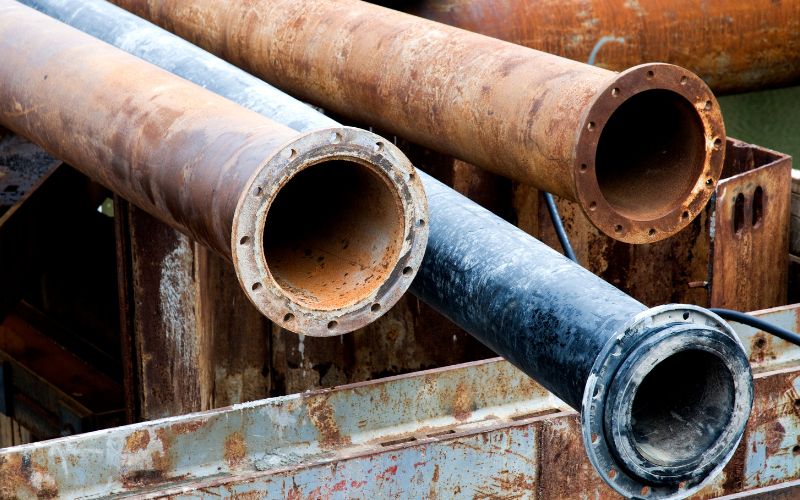
Lead Safe KC Program
Apply for subsidized lead service line replacement through the Lead Safe KC program. Call (816) 513-0353 or visit kcwater.us/leadsafe to determine eligibility and begin the application process.
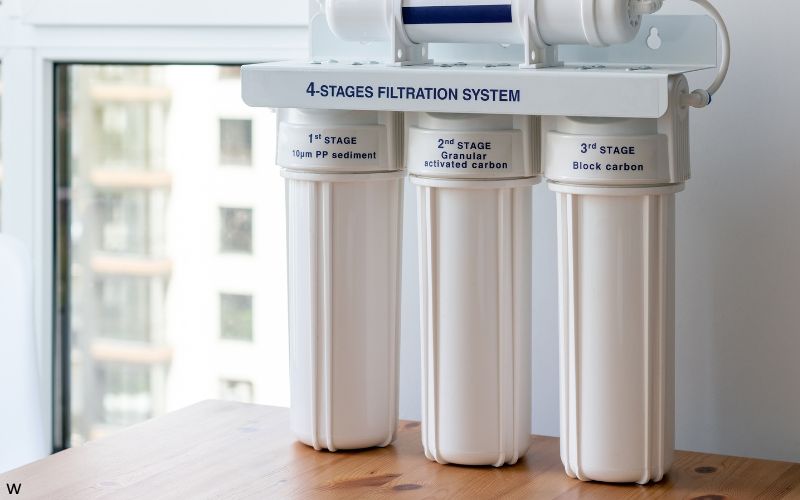
Use Certified Filters
Consider NSF-certified filters (Standard 53 for lead, Standard 42 for chloramine/taste) especially for households with disinfection byproduct concerns or lead plumbing. Low-income families with children under 6 may qualify for free filters through the KC Healthy Homes program.

Flush Your Plumbing
After water has been sitting unused for 6+ hours, run cold water for 2-3 minutes before using for drinking or cooking. Always use cold water for consumption, as hot water can contain higher levels of metals from your plumbing.

Report Concerns
Contact Kansas City’s 311 service for water main breaks, pressure issues, or quality concerns. For after-hours water emergencies, call the 24/7 water emergency line at (816) 513-0799.
Quality News About Your Water
Get the comprehensive water quality news coverage you need with our dedicated US Water News Service. From coast to coast, we deliver in-depth reporting and expert analysis on PFAS contamination, EPA regulatory changes, infrastructure developments, and emerging water safety issues affecting communities nationwide. While mainstream media only covers the biggest stories, we provide the detailed, ongoing coverage that helps you understand the full scope of America’s water challenges. Whether you’re a concerned citizen, water professional, or community leader, our daily updates and analytical insights keep you informed about the issues that matter most to public health and environmental safety.
Frequently Asked Questions
Is Kansas City’s tap water safe to drink?
Yes, Kansas City’s tap water meets or exceeds all federal and state drinking water standards. The water is sourced primarily from the Missouri River (80%) and underground aquifers (20%) and undergoes extensive treatment including sedimentation, softening, stabilization, and filtration through 27 inches of sand, plus chloramine disinfection.
Recent testing shows 90th percentile lead levels at 5.1 ppb, well below the EPA action level of 15 ppb. However, independent testing reveals elevated disinfection byproducts (TTHMs and haloacetic acids) that exceed health guidelines by 51-162 times, though still within EPA compliance. Homes built before 1986 may have lead solder or components in their plumbing. Residents in older homes should consider testing their water and using certified filters as a precaution, particularly for households with pregnant women or young children.
How can I check for lead service lines in my home?
Kansas City maintains a service line inventory to help residents identify if they have lead pipes. To check your home:
1. Locate your water service line where it enters your home (typically in the basement or crawl space). Lead pipes have a dull gray color, feel soft enough to be scratched with a key, and won’t attract a magnet.
2. Call 311 to request service line verification from KC Water
3. Visit kcwater.us/leadmap to check the city’s service line database
The Lead Safe KC program offers subsidized replacement of lead service lines, with priority for homes with children. Homes built before 1955 are most likely to have lead service lines, particularly in northeast and midtown neighborhoods.
Why does my water sometimes taste or smell like chlorine?
Kansas City uses chloramines (a combination of chlorine and ammonia) as a disinfectant to maintain water safety throughout the distribution system. This can sometimes cause noticeable taste or odor, particularly when:
• Seasonal changes: During spring and summer when Missouri River water quality fluctuates with agricultural runoff and organic matter, treatment adjustments may temporarily increase disinfectant levels
• Distance from treatment: Homes closer to the main treatment plant may notice stronger disinfectant taste
• System maintenance: After main repairs or during system flushing, temporary chlorine increases are normal
To improve taste:
• Refrigerate water in an open container for 24 hours (note: chloramines don’t dissipate as quickly as chlorine)
• Use a carbon filter certified for chloramine reduction (Standard 42)
The chloramine levels are carefully monitored and maintained within safe limits established by the EPA.
Are there water restrictions in Kansas City?
Kansas City rarely implements mandatory water restrictions due to reliable Missouri River supplies, but does encourage conservation:
Year-Round Conservation Recommendations:
• Water lawns during early morning or evening hours
• Fix leaking fixtures and irrigation systems promptly
• Use drought-resistant landscaping where possible
• Install water-efficient appliances and fixtures
Drought Response:
During severe drought conditions, KC Water may implement a Water Shortage Response Plan with four stages:
• Stage 1: Voluntary conservation
• Stage 2: Mandatory odd/even lawn watering schedules
• Stage 3: Ban on non-essential water use
• Stage 4: Emergency water allocation
Current water status updates are available at kcwater.us or by calling 311.
Contaminants of Concern

Lead
Source: Lead service lines and older plumbing fixtures in homes built before 1986; Kansas City has approximately 14,000 confirmed lead service lines
Health Effects: Developmental delays in children, reduced IQ, learning difficulties, kidney problems, cardiovascular effects in adults
Current Levels: 90th percentile value of 5.1 ppb, well below EPA action level of 15 ppb EPA Limit: Action level 15 ppb, but no level of lead is considered safe
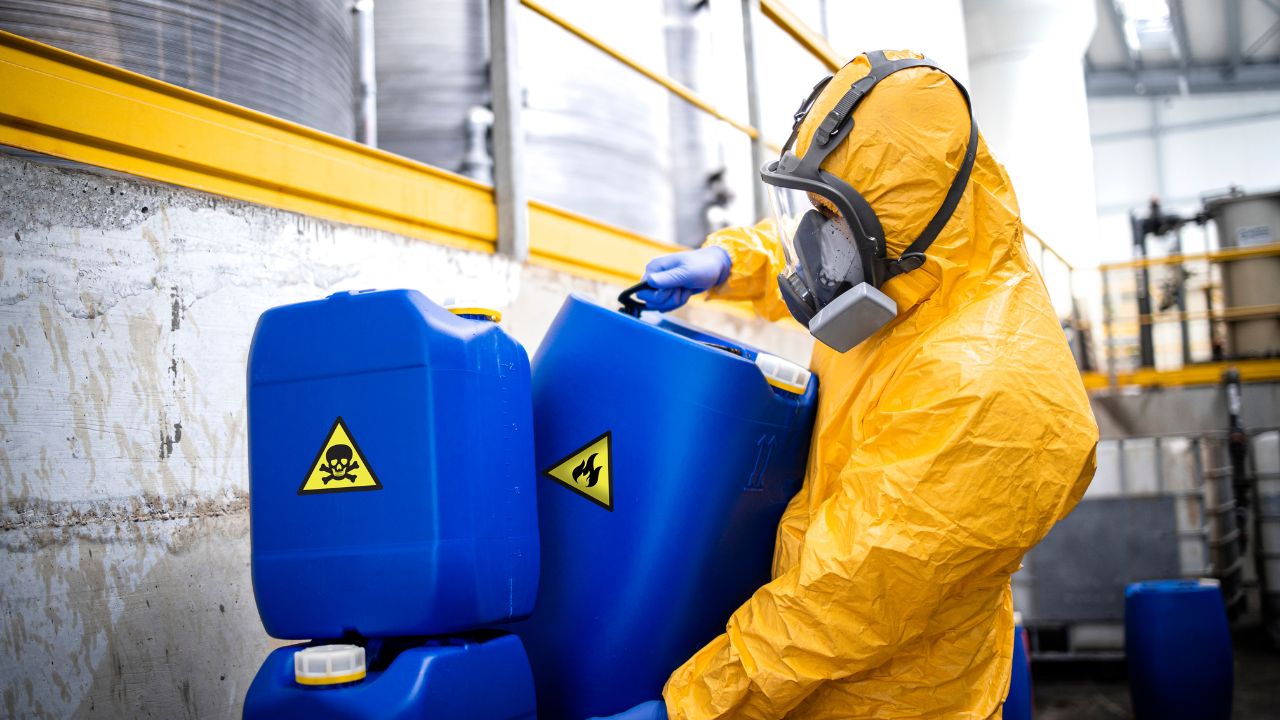
Disinfection Byproducts
Source: Chemical byproducts formed when chloramine disinfectants react with naturally occurring organic matter in Missouri River water during treatment process
Health Effects: Total trihalomethanes (TTHMs) and haloacetic acids linked to increased cancer risk, liver and kidney damage, and potential reproductive effects
Current Status: EPA compliant but independent testing shows TTHMs exceed EWG health guidelines by 51 times, haloacetic acids by 162 times; seasonal variations with river water quality
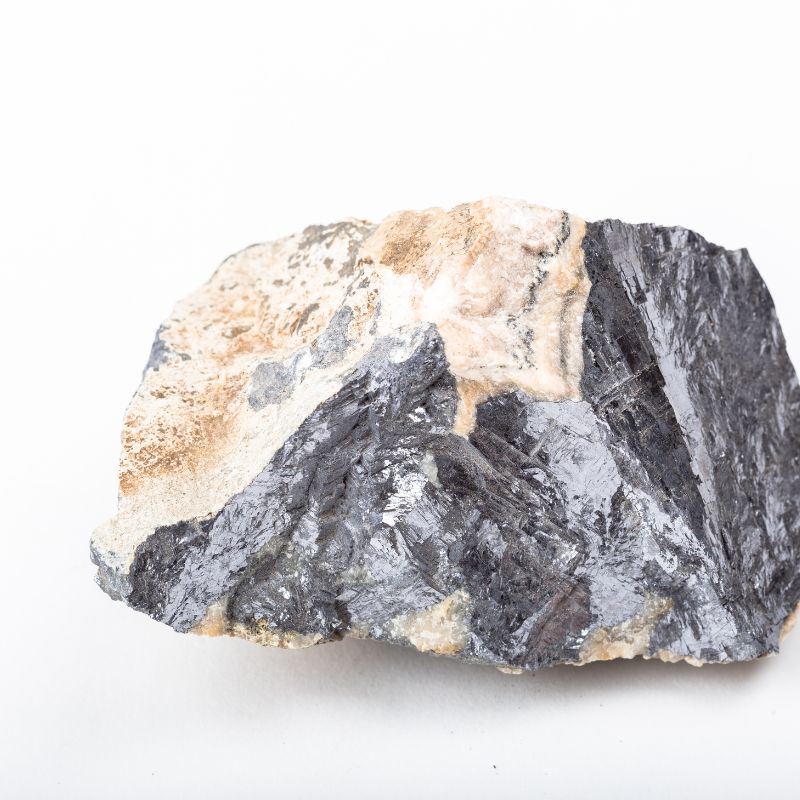
Chromium-6
Source: Industrial discharge and natural mineral deposits in Missouri River watershed; hexavalent chromium is the toxic form highlighted in the Erin Brockovich case
Health Effects: Known human carcinogen linked to lung cancer, liver damage, reproductive issues, and stomach problems with long-term exposure
Current Status: Independent testing detects chromium-6 above health guidelines in Kansas City water; not federally regulated but California has set limits due to cancer concerns

PFAS “Forever Chemicals”
Source: Industrial discharge, firefighting foam usage, and consumer products; persistent chemicals that accumulate in environment and human bodies
Health Effects: Linked to cancer, liver damage, immune system effects, high cholesterol, pregnancy complications, and developmental delays in children
Current Status: KC Water began testing in late 2023; current levels below EPA standards but monitoring continues as new federal regulations take effect requiring treatment by 2029
Please read – our information
The information presented on cleanairandwater.net is compiled from official water quality reports, trusted news sources, government websites, and public health resources. While we strive for accuracy and thoroughness in our presentations, we are not scientists, engineers, or qualified water quality professionals.
Our mission is to present water quality information in an accessible, real-world format that helps people understand what’s in their water and make informed decisions about their health and safety. We believe that complex environmental information should be available to everyone in a format that’s easy to understand.
We make every effort to ensure our content is current and accurate, but we cannot guarantee that all information is complete or error-free. This website should not replace official communications from your local water utility or health department. We always recommend consulting official sources for the most up-to-date information regarding your specific water system.
Clean Air and Water is not liable for any unintentional errors, omissions, or outdated information. The content on this site is provided for informational purposes only and should not be considered professional advice.


